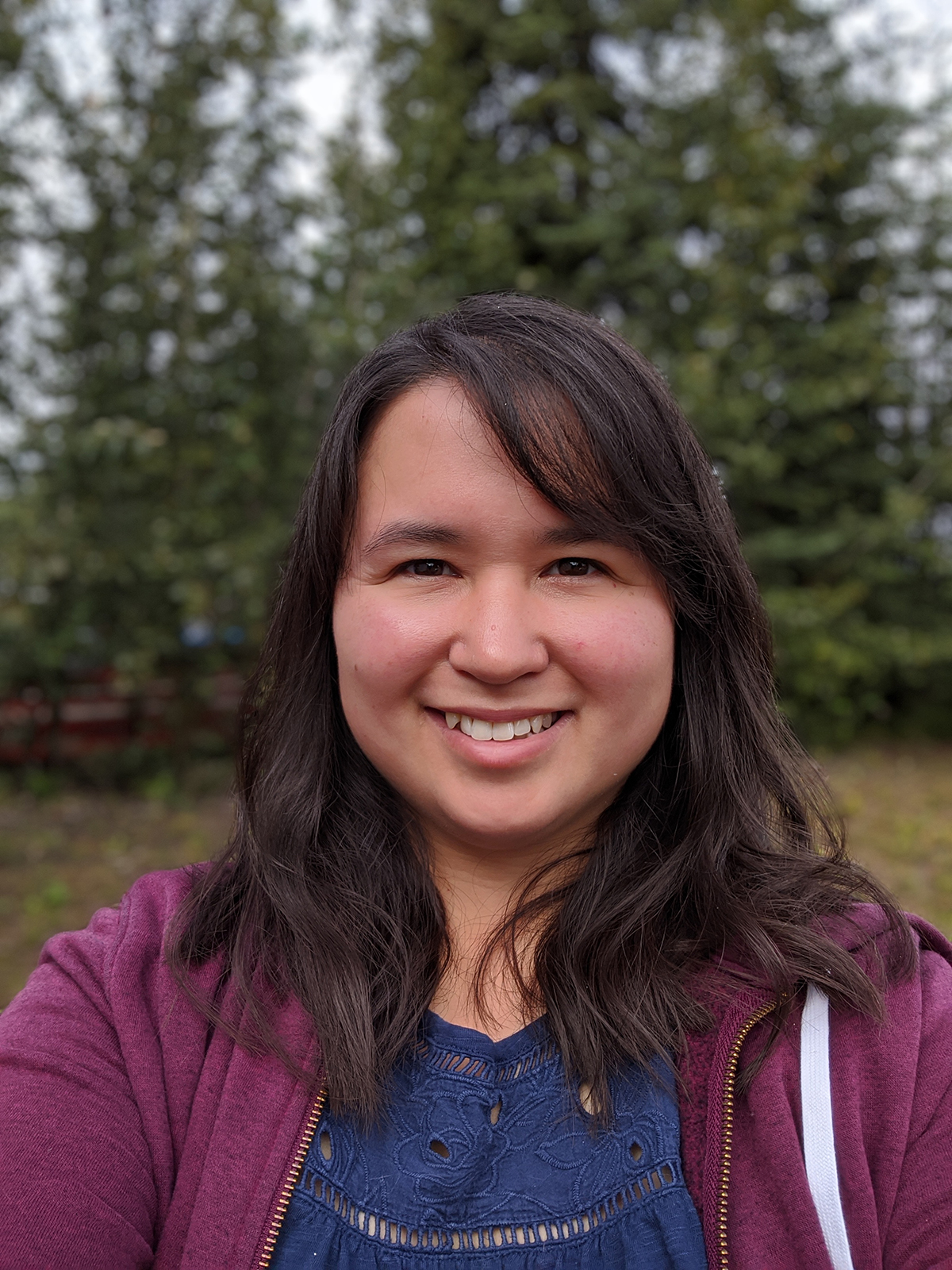Creating better partnerships by understanding differences
Alison Hayden
Dec. 15, 2022

Graduate student Margaret Rudolf
Editor's note: This story appeared in the Fairbanks Daily News-Miner with a different headline than was submitted by the university. This version includes the intended headline.
Margaret Rudolf is a Ph.D. candidate at the University of Alaska Fairbanks who works to improve partnerships between scientists, communities and decision-makers as they respond to climate change in Alaska. She uses a process known as coproduction of knowledge that integrates different knowledge systems and methods to understand the world around us.
This is important because there is a rising need for scientists, funding agencies and decision-makers to work with communities responding to extreme events. Wildfires, floods, coastal erosion and changes to sea ice are increasing in frequency and intensity, putting Alaska communities at risk. The demand for climate change information, and for the interpretation and application of this information, is escalating.
At the 2022 American Geophysical Union fall meeting, Rudolf will share her research examining how measures of success and worldviews are different between scientists and Indigenous communities. Deeper understanding of these differences will help build better partnerships to support adaptation needs of communities responding to environmental change.
Her talk this week explores multifaceted perspectives of success by building mentorship and capacity within projects. She explains that a common point of tension is that scientists prioritize the scientific processes, while Indigenous partners prioritize building trust and legitimacy before the project begins.
Rudolf highlights projects where the coproduction of knowledge approach has been successful. In Kake, Alaska, for example, researchers from the Alaska Center for Climate Assessment and Policy spent time establishing trust and building equitable relationships with the community before the project began. From this foundation, a set of principles and expectations were created, a local workforce was developed and an ocean and stream monitoring program was launched. By including the community in the process and understanding their priorities, scientists were better able to support their adaptation planning efforts.


